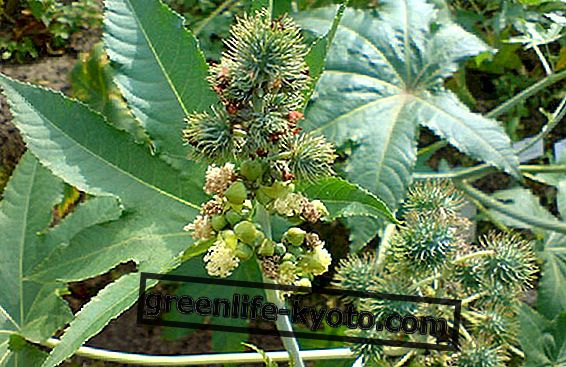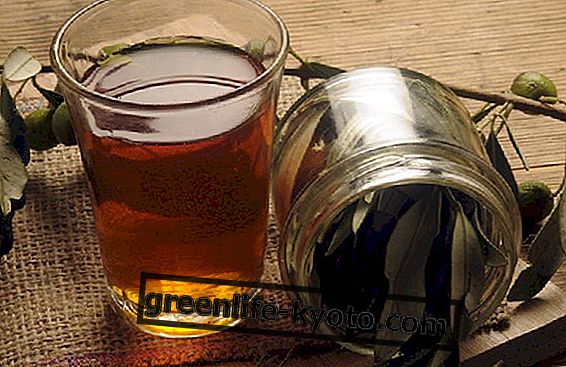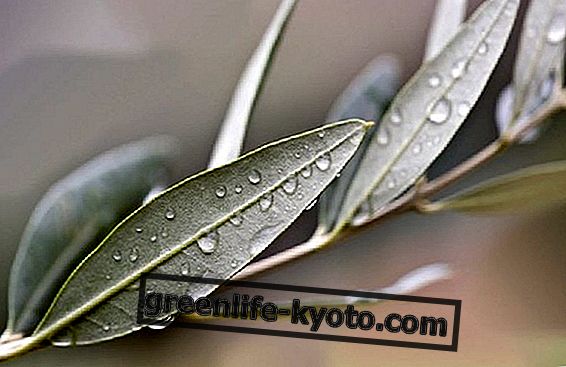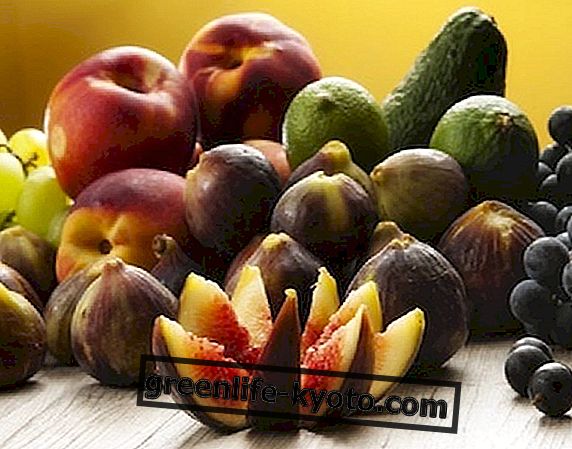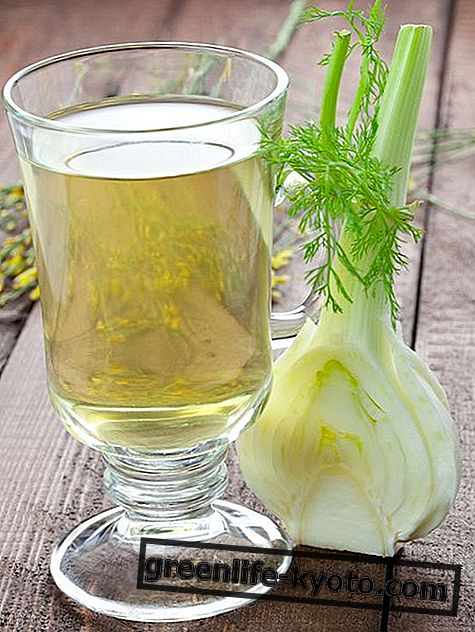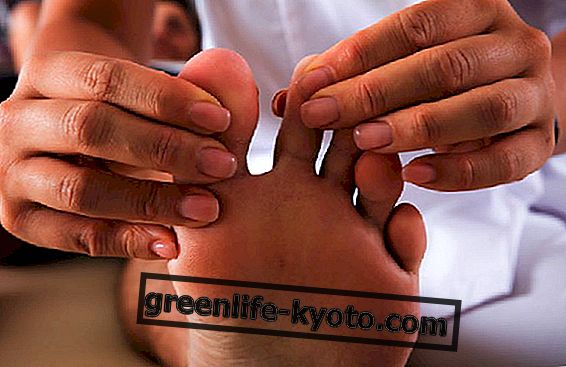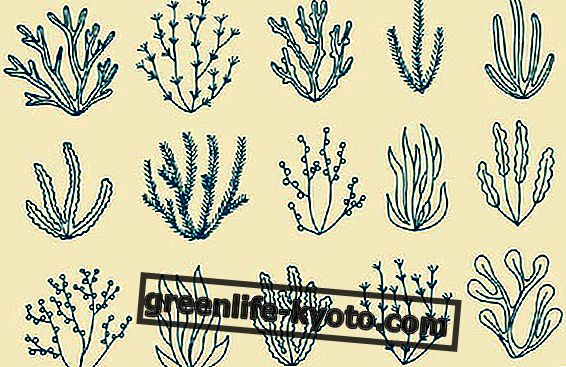
Algae: nutritional properties
Algae are a very important and particular ingredient of macrobiotic cuisine .
The main advantages that derive from the regular and varied consumption of algae concern the supply of mineral salts, of which they are very rich. But the benefits of algae do not stop there: in fact they also have strong purifying properties.
Algae are able to capture some heavy metals and radioactive elements and eliminate them from the body . This last is a very useful benefit in Western culture, especially for those who live in big cities, in contact with pollution, or those who feed themselves in an unnatural way, or take drugs or tobacco.
The various types of algae
The algae are subdivided according to their color. The algae used in macrobiotic nutrition are mainly salt water algae, most of them wild, but some are also cultivated. Let's see what they are:
Kombu : kombu seaweed is the seaweed with the greatest chelating power . It manages to bind toxic substances, such as heavy metals, to itself and eliminate them through feces. Due to its calcium content it is excellent as a natural supplement in cases of anemia. It is also able to decrease blood pressure and improve kidney capacity. It comes in the form of broad, flat leaves, and should be left to soak 10 minutes before being used for cooking.
Wakame : rich in iodine, iron, calcium and magnesium, wakame seaweed is known above all for the use made of it during the cooking of legumes: in fact it has the property of softening the fibers of the skin of legumes, accelerating the time cooking and digestibility. Moreover, being rich in mucilage, it is useful against irritations of the digestive tract, such as irritable colon, colitis, gastritis, as it covers the walls of the affected organs protecting their inflamed mucous membranes. The shape is that of pieces of leaves or whole leaves, to be softened 10 minutes before use; if the leaves are whole, it is necessary to cut and eliminate the core at the center which is harder and more leathery.
Hijiki : the hijiki seaweed is the seaweed with the greatest amount of calcium . It is therefore useful as a supplement in case of lack of this very important mineral, as well as kombu seaweed. The hijiki algae have the appearance of hard and dry sticks: they must be kept in soaking at least 30 minutes before consuming them. They can be used in soups, but also raw, finely chopped and mixed with seasonings.
Arame : the algae arame are rich in iodine, alginic acid and calcium . Among the algae, the arame has a less strong salty taste, tending rather to a sweet aftertaste. The seaweed that retains most of the taste of the sea is instead the hijiki. They are sold in thin strips, as their natural consistency is rather hard. Soaking can last 10 minutes, after which you can cook.
Dulse : dulse algae have long been used in the West, especially in some seaside areas. They are rich in sodium and iron . Their reddish color stands out from the others, more brown and green. Dulse are served in salads, then briefly soaked, or cooked in soups.
Nori : nori seaweed is the seaweed with the highest amount of protein. Exceptionally, compared to other algae, it also contains vitamin C and vitamin A and phosphorus . They have the ability to lower cholesterol and improve digestion. It comes in sheets of various widths. The nori seaweed can be used dry or soaked, toasted or natural. The nori seaweed is the one we commonly see used for sushi.
